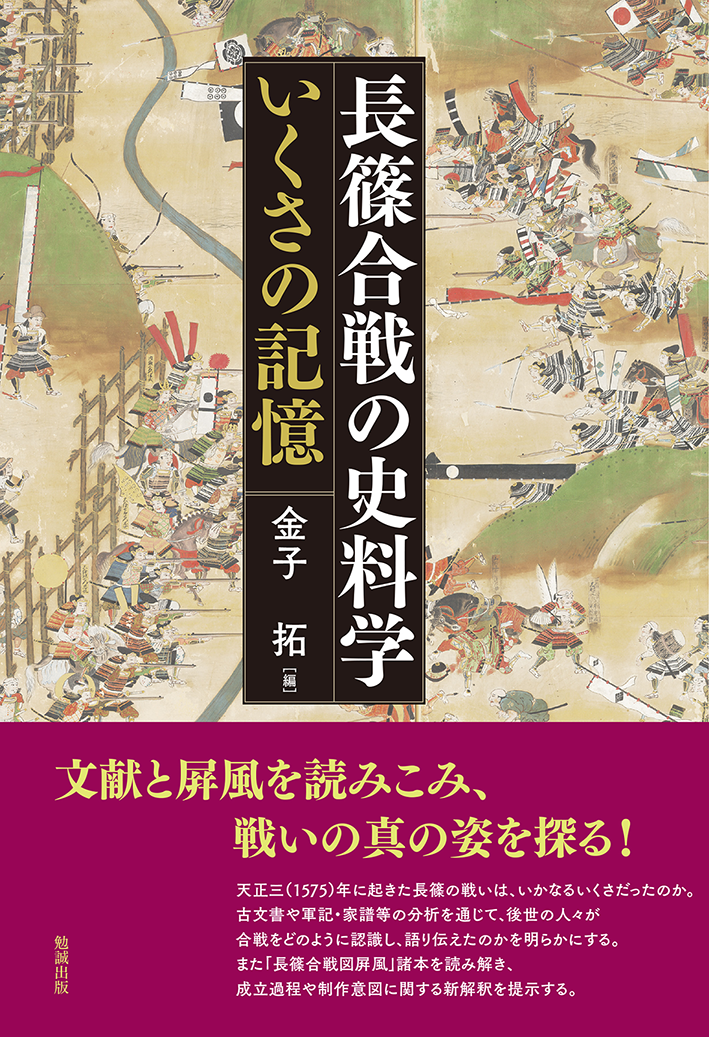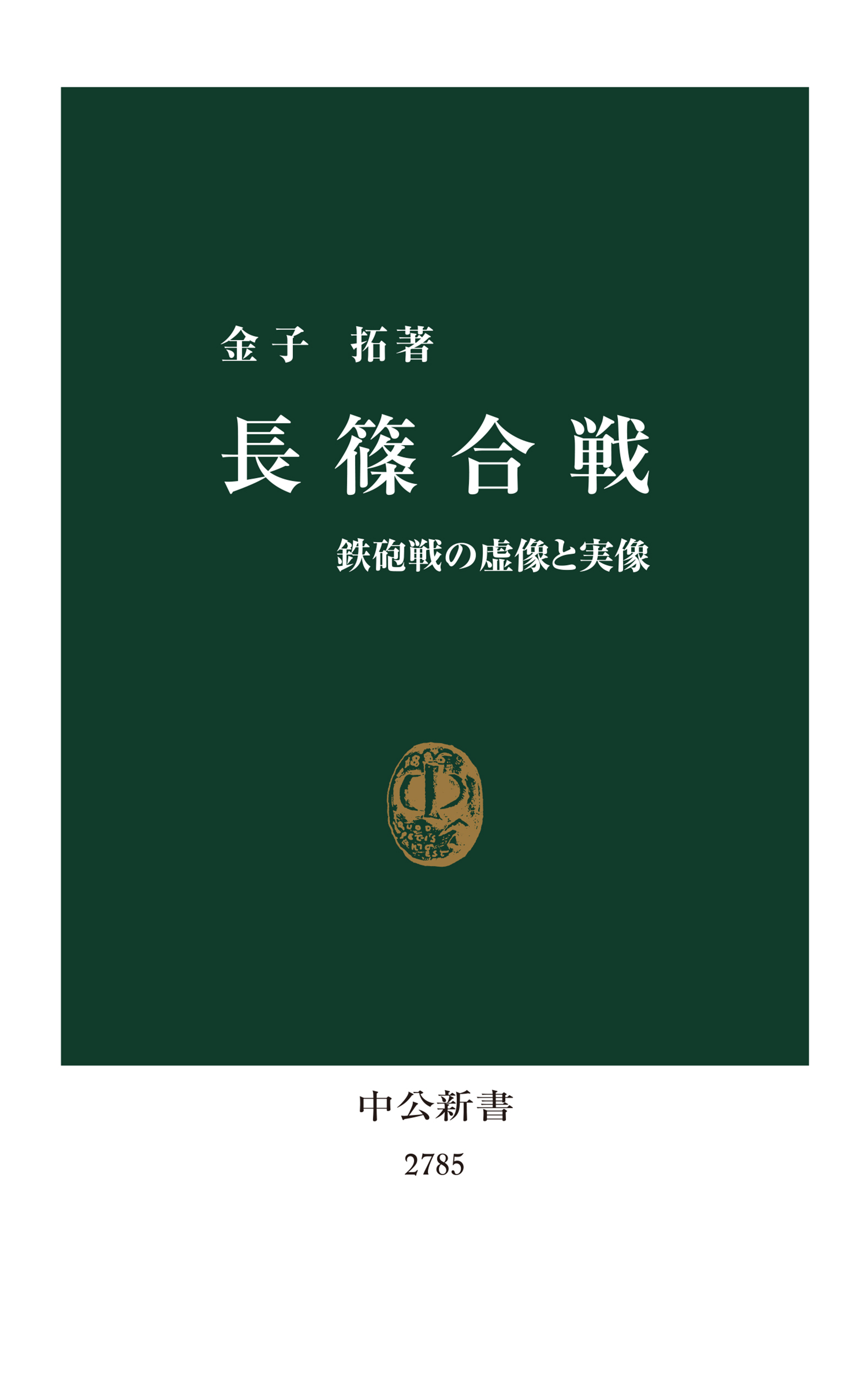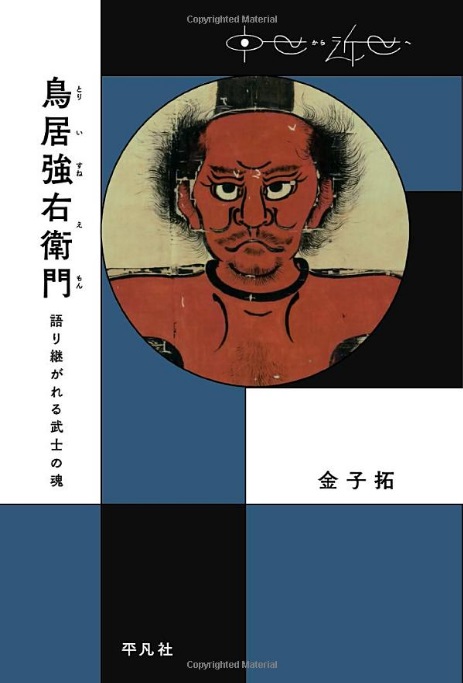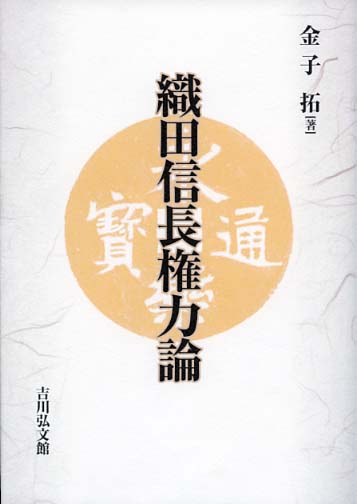
Title
Nagashino Kassen no Shiryogaku (The Study of Historical Sources Related to the Battle of Nagashino: Memories of a Battle)
Size
352 pages, A5 format
Language
Japanese
Released
October, 2018
ISBN
978-4-585-22222-4
Published by
Bensei Publishing Inc.
Book Info
See Book Availability at Library
Japanese Page
Like my Torii Suneemon: A Tale of the Warrior Spirit Handed Down through the Ages, introduced elsewhere on this website, this book was born from the special joint research project “A Three-dimensional Restoration of the Battle of Nagashino Based on the Collection of Relevant Historical Sources,” a project carried out by the Historiographical Institute at the University of Tokyo in its capacity as a Joint Usage / Research Center.
The expression “three-dimensional restoration” is somewhat figurative, and it was used because the aim of this project was to examine the Battle of Nagashino not only on the basis of textual sources but also with reference to pictorial sources. This battle took place in 1575 at Arumihara in Mikawa province, and there exist several folding screens that depict scenes from the battle.
These folding screens were all produced later during the Edo period. Why, then, were they produced? Folding screens depicting the Battle of Nagashino often form a pair with a folding screen depicting the Battle of Nagakute, and owing to increasing depth in recent research on the background to the production of folding screens depicting the Battle of Nagakute, it has come to be argued that there were political motives behind the production of these folding screens.
But there is also criticism of this thesis. The present book includes contributions by those on both sides of the argument (Takahashi Osamu and Hara Fumihiko), and so one can understand which points are in dispute and apprise oneself of the arguments on both sides. The reader can thus learn about the forefront of research on a matter that has not yet been settled.
This book is divided into two parts. In Part 1, historians and scholars of Japanese literature consider the significance of the Battle of Nagashino for Oda Nobunaga, Tokugawa Ieyasu, and Takeda Katsuyori and examine on the basis of textual sources how the Battle of Nagashino has been recorded and transmitted.
Part 2 provides an exhaustive exposition of folding screens depicting the Battle of Nagashino. Some of the main folding screens currently known were selected, and participants in the joint research project give a thorough interpretation of each and discuss their distinctive features. The three screens considered to be especially important for research purposes (those held by Nagoya City Museum, Inuyama Castle Library, and Tokugawa Art Museum) are discussed by curators at the institutions where these screens are held, and therefore their contributions incorporate the results of careful and detailed examinations of the screens.
Apart from the screen held by Nagoya City Museum, these screens are virtually identical in their composition, but subtle differences can be seen when they are carefully examined. There is probably no other example of a collection of such meticulous explanations of a single type of folding screen, including basic information about when the screens were produced and on what they were based, and one can also gain an understanding of how to view folding screens that depict battle scenes. This has, I believe, resulted in an extremely interesting book.
(Written by KANEKO Hiraku, Associate Professor, Historiographical Institute / 2020)



 Find a book
Find a book





